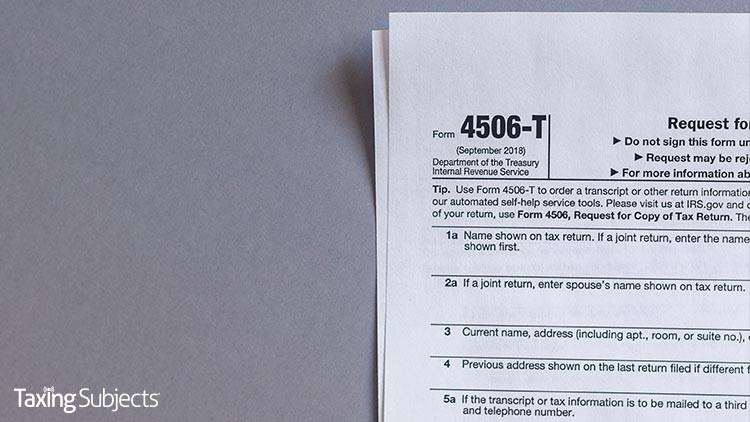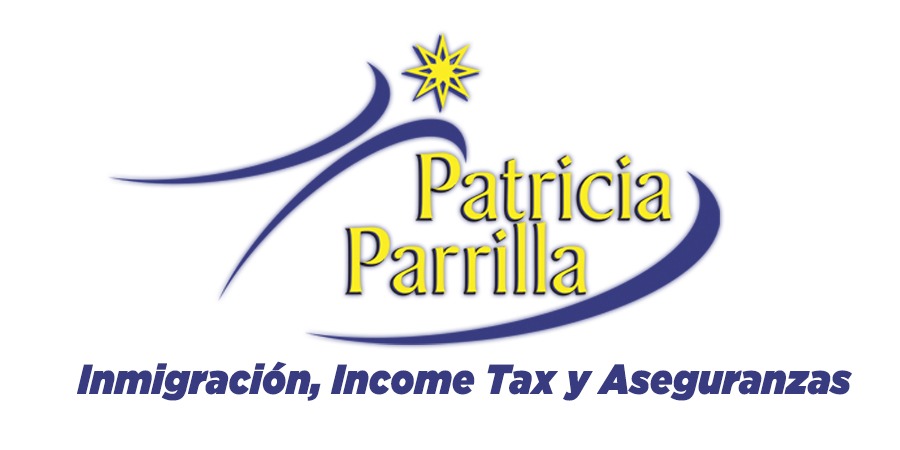
After Dec. 12, business tax transcripts will soon be a little less informative—for good reason. The IRS will start masking sensitive data on the transcripts to protect businesses from identity theft beginning Dec. 13.
The announcement from the IRS provides 30 days for adjustments from stakeholders. The agency started informing tax pros of the change during the Nationwide Tax Forums during the summer.
The IRS started masking similar data on individual tax transcripts two years ago.
A tax transcript is a summary of a tax return. They are often used by tax practitioners to prepare prior-year tax returns or to represent the client before the IRS. Lenders and others use tax transcripts for income verification purposes.
What’s visible on the new transcript?
After Dec. 12, here’s what you can expect to see on the reworked transcripts:
- Last four digits of any Employer Identification Number listed on the transcript: XX-XXX1234
- Last four digits of any Social Security number or Individual Tax Identification Number listed on the transcript: XXX-XX-1234
- Last four digits of any account or telephone number
- First four characters of the first, and last name for any individual (first three characters if the name has only four letters)
- First four characters of any name on the business name line
- First six characters of the street address, including spaces
- All money amounts, including wage and income, balance due, interest and penalties
For both the individual and business tax transcript, there is space for a Customer File Number. The Customer File Number is an optional 10-digit number that can be created usually by third parties that allow them to match a transcript to a taxpayer.
The Customer File Number field will appear on the transcript when that number is entered on Line 5 of Form 4506-T, Request for Transcript of Tax Return, and Form 4506T-EZ.
How do you verify income for a lender?
Here’s how the new transcript design will work for a taxpayer seeking to verify income for a lender:
- The lender assigns a 10-digit number (such as a loan number, for example) to the Form 4506-T. The Form 4506-T may be signed and submitted by the taxpayer, or signed by the taxpayer and submitted by the lender.
- The Customer File Number assigned by the requestor on the Form 4506-T will populate on the transcript. The requestor can assign any number except the taxpayer’s Social Security Number or Employer Identification Number.
- Once the requestor gets the transcript, its Customer File Number serves as a tracking number to link the document to the taxpayer.
For more information about masking transcripts, consult the IRS e-Services web page after Dec. 13.
Source: IR-2020-254

 Patricia Parrilla Tax Services
Patricia Parrilla Tax Services